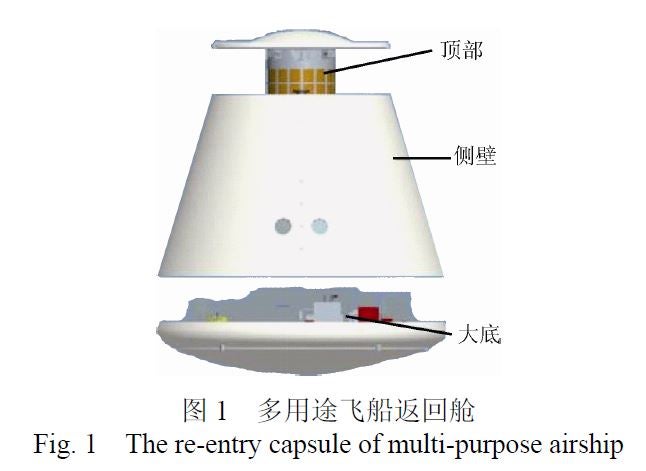What Will The Next Chinese Spaceship Look Like?
China's space agency looks for the follow up to its Shenzhou workhorse

While the Shenzhou space capsule has served the Chinese manned space program well for nearly 16 years (since the unmanned test flight in 1999), the Chinese National Space Administration (CNSA) is searching for a replacement. An October 2015 Chinese blog post showcased a detailed CNSA sponsored study for a post-Shenzhou spaceship.

To the Moon!
Flying on future Chinese rockets like the Long March 5, 7, and 9, the study proposes a 2 to 6 person crewed capsule. The semi-conical reentry vessel would be attached to the propulsion and cargo sections in the service modules, similar in configuration to NASA’s Orion capsule. At 14 tons, the basic next generation spacecraft would have nearly double the mass of the 7.8-ton Shenzhou. For deep space missions to near Earth asteroids and the Moon, the next generation spacecraft would have a larger service module, for a total mass of 20 tons. Given improvements in Chinese materials science to strengthen the thermal shield against reentry heating, it is hoped that the crew capsule could be reused.

Tiangong 3
While the actual successor to the Shenzhou could look very different from the concepts in this feasibility studies, China is clearly planning to continue its manned space program well into the future. The modular and cost effective characteristics of this proposed space ship suggests that in addition to looking for more frequent, cheaper space missions, China also has its eyes on leaving terrestrial orbit. With increased crew slots on each spaceship, China could even start training and flying foreign taikonauts as part of a space diplomacy, a new branch in China’s soft power outreach.
You may also be interested in:
LM-6 Rocket’s First Space Launch Brings 20 Satellites into Space
China’s Long March 5 Rocket Stretches Its Legs
China’s Space Station gets a “Super Eye”
China’s Largest Ever Space Rocket Takes Another Step Forward